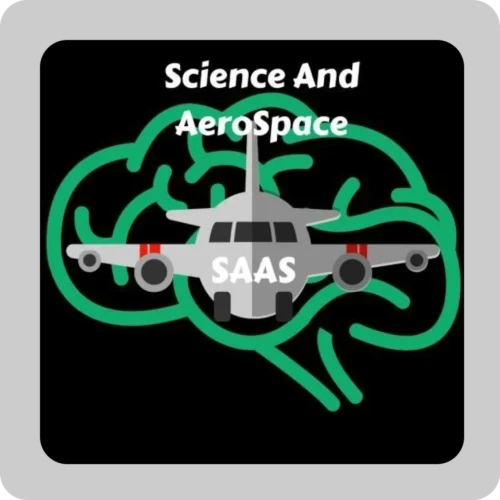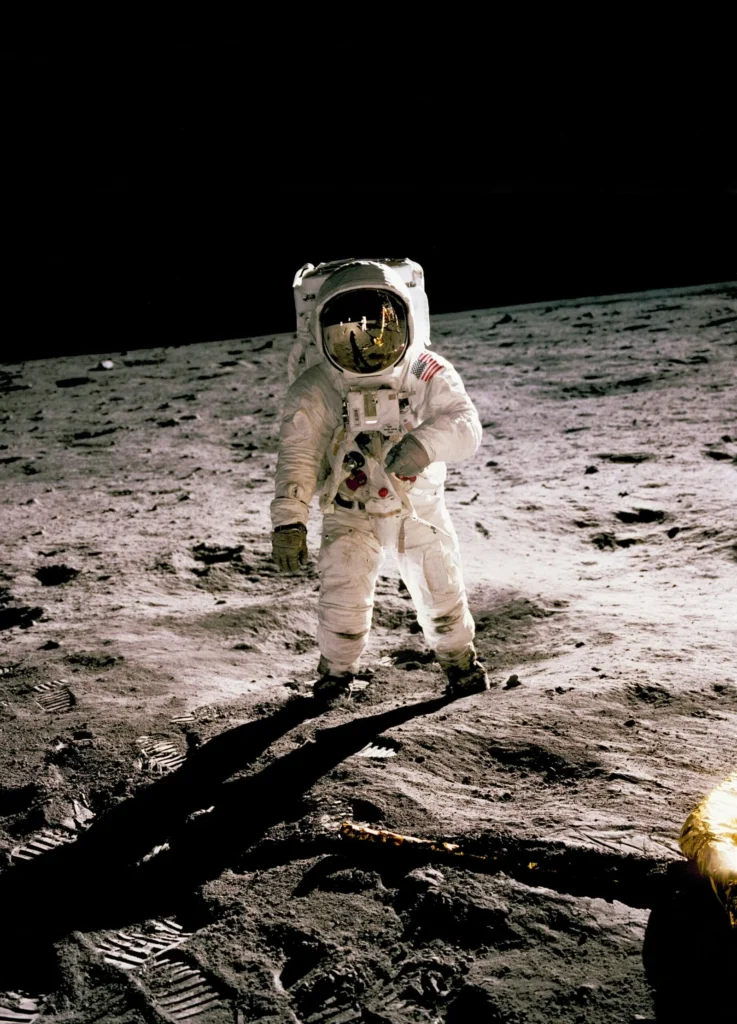What Are Analog Space Missions?
Analog space missions are simulated experiments designed to mimic the conditions and challenges of space exploration on Earth. These missions are critical for training astronauts, testing technologies, and preparing for future space endeavors. By recreating varying environments such as deserts, Arctic regions, underwater settings, and dedicated space facilities, researchers can assess both human performance and technological functionality in scenarios that reflect extraterrestrial conditions.
One of the primary purposes of analog space missions is to prepare astronauts for the psychological and physical stresses they may encounter during actual space flights. For example, missions conducted in isolated environments, like the Mars Society’s Mars Desert Research Station (MDRS) located in Utah, allow teams to experience elements such as confinement, team dynamics, and resource management. In addition to psychological preparedness, these simulations also provide invaluable data for technological testing, facilitating the development and evaluation of life support systems, habitat designs, and tools intended for use in extraterrestrial environments.
Historically, various analog missions have contributed significantly to our understanding of space exploration. The NASA HI-SEAS (Hawaii Space Exploration Analog and Simulation) mission, for instance, was designed to study human behavior in conditions akin to living on Mars. Over the course of several months, participants lived in a dome with constrained resources, simulating the realities of a Martian mission. These missions not only help refine operational protocols but also assist in identifying potential issues before they arise on actual missions beyond Earth. By engaging in such projects, space agencies and researchers accumulate essential knowledge that can shape the future of space exploration.
Importance of Analog Space Missions in Space Exploration
Analog space missions serve as crucial preparatory platforms for upcoming space exploration endeavors, allowing scientists and astronauts to simulate the conditions of real space missions. These simulations are vital for mitigating risks associated with long-duration missions, such as those planned for Mars. By replicating the physical and psychological challenges of remote space environments, analog missions enable researchers to identify potential issues that might arise in actual spaceflight scenarios.
Furthermore, analog missions facilitate technology testing in environments that closely mirror extraterrestrial conditions. This allows teams to evaluate and refine various technologies, ensuring that they operate effectively before deployment in space. Engineers and scientists can observe how innovative tools and systems function under isolation and confinement, thus increasing the reliability of essential equipment for real missions. The iterative nature of testing in such controlled settings contributes to the gradual enhancement of mission success rates.
Team dynamics are another critical focus of analog missions, as they provide opportunities to study how diverse groups of individuals work together in confined settings over extended periods. The interpersonal relationships, communication methods, and conflict resolution strategies developed during these missions can significantly impact crew performance in actual space missions. By observing and analyzing these attributes, mission planners can develop tailored strategies to foster collaboration and resilience among astronauts during long-term missions.
Aside from technological and team-building aspects, analog missions present a unique opportunity to gather data on human factors related to isolation and confinement. Understanding how isolation affects human psychology and behavior is paramount for the success of long-duration spaceflights. Insights gained from these analog missions can inform the design of support systems for crew members, ultimately enhancing their well-being during extended missions to destinations like Mars. Thus, the relevance of analog missions extends far beyond mere simulations, proving essential for future space exploration initiatives.
Key Findings and Lessons from Previous Analog Missions
Analog space missions have provided invaluable insights that significantly affect future exploration endeavors. These simulations are designed to replicate various conditions found in outer space, especially for prolonged human activities like those anticipated on Mars and beyond. One of the most notable analog missions is the Mars Society’s Mars Desert Research Station (MDRS) in Utah, which has served as a platform for testing habitat designs and evaluating crew dynamics over extended periods. The findings from MDRS have illuminated how human behavior can fluctuate under isolation and confinement, crucial for long-duration missions.
Another significant project is NASA’s HI-SEAS (Hawaii Space Exploration Analog and Simulation), which focused on long-term missions. Crew members lived in a controlled environment while conducting scientific work that mimicked the constraints of space travel. Observations from HI-SEAS revealed vital lessons about psychological resilience and teamwork, indicating that the success of future missions heavily relies on crew compatibility and effective stress management strategies.
Moreover, technological innovations resulting from these analog missions cannot be overlooked. The development of advanced life support systems has evolved through iterative testing in environments that mirror extraterrestrial conditions. For example, the research on closed-loop life support systems, emphasized within these simulations, has direct implications for sustainability and resource management in space. The data gathered on habitat construction techniques and materials suitability for off-world use has proven instrumental for future projects aimed at establishing human settlements on Mars or the Moon.
Ultimately, these analog missions highlight the necessity for rigorous testing, adaptation, and learning from both successes and challenges. The insights gained regarding human behavior, habitat design, and technological advancements are essential for informing future space missions and ensuring their success.
The Future of Analog Space Missions and Their Impact on Space Travel
The landscape of analog space missions is poised for transformation as emerging technologies and methodologies redefine their purpose in the realm of space travel. The integration of advanced simulation techniques, artificial intelligence, and innovative materials is likely to enhance the fidelity and effectiveness of these missions, making them more relevant than ever. For instance, the utilization of sophisticated virtual environments can offer astronauts invaluable training experiences, while AI-driven analytics can significantly improve decision-making processes during actual missions.
Partnerships between governmental organizations and private space companies are becoming increasingly common, accelerating the pace of innovation in analog missions. These collaborations allow for resource-sharing and leverage the unique strengths of both sectors. For example, companies like SpaceX and Blue Origin are advancing launch technologies while NASA and other international agencies contribute significant expertise in mission planning and execution. Such synergies pave the way for integrated analog environments where multiple stakeholders can collaborate, enhancing mission outcomes and fostering a culture of collective problem-solving.
Moreover, ongoing research is crucial in shaping the next generation of analog space missions. Institutions are conducting experiments that inform our understanding of human factors in space, addressing challenges such as isolation and extended operational timelines. The insights gained from these studies will help design more effective analog missions, which are pivotal for preparing astronauts for the complexities of deep space exploration.
As we look forward, the alignment of analog missions with broader space exploration goals stands central to their continued relevance. With an increasing reliance on these simulations to develop skills and test technologies, they will play a vital role in ensuring the safety and success of future space endeavors. By embracing these advancements, we ensure a comprehensive approach to preparing for the challenges posed by deep space missions.


